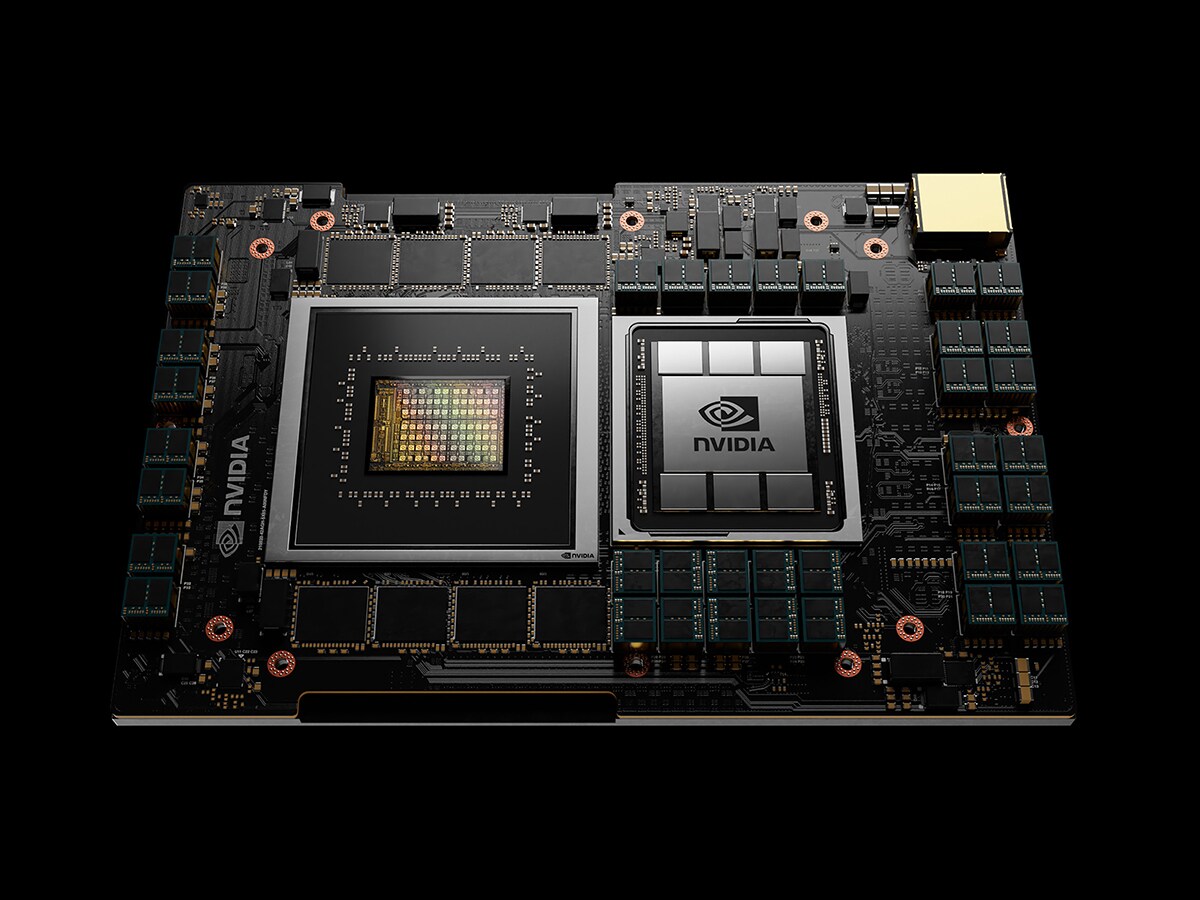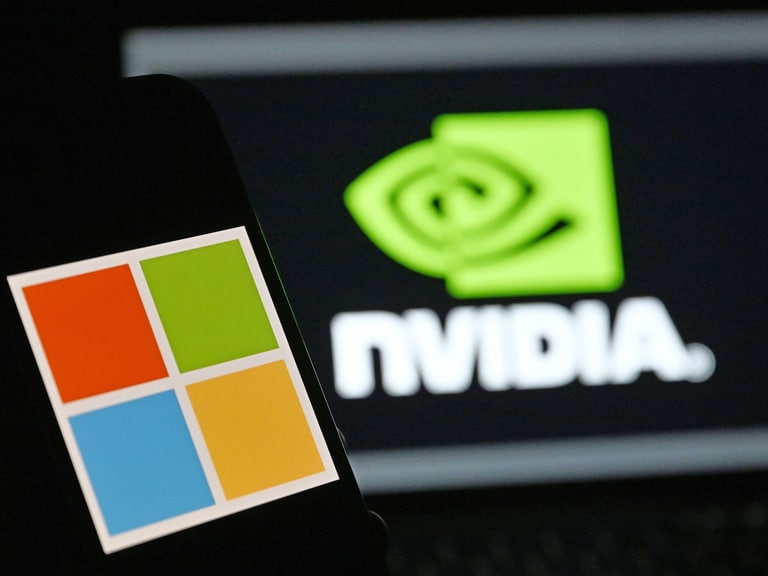There seems to be no stopping the Nvidia [NVDA] share price at the moment. Could its self-driving segment help push it higher?
The Nvidia share price was up 41.2% year to date through 21 June, up 99.2% in the previous 52 weeks, and up 22.9% in the previous month. Despite hitting an all-time high of $775 during intraday trading on 18 June, the Nvidia share price closed 3.80% lower at $745.55, and a further 1.1% to $737.09 on 21 June.
One of the main catalysts driving the Nvidia share price performance in recent weeks has been the weakness created by the global chip crunch.
41.2%
Nvidia's YTD share price rise
The semiconductor shortage has squeezed the automotive and electronics industries and caused plenty of supply chain disruptions. As a result, many semiconductor stocks found themselves down between mid-April and mid-May. This has opened up an opportunity for investors who were bullish on the sector.
Between 15 April and 13 May, the Nvidia share price fell 15.3% from $645.34 to $546.48. For comparison, the price of the iShares PHLX Semiconductor ETF [SOXX] fell 11.5% in the same time period from $443.723 to $392.05. However, it has gained 9.6% since then, according to Yahoo Finance data.
Overall, the Nvidia share price performance has outperformed SOXX in 2021 — the chipmaker is currently the fund’s top holding with a weighting of 9.10% on 21 June. The ETF’s year-to-date daily total return is 15.97%
Nvidia takes on the chip shortage
Some investors will be cautious about the current valuation of semiconductor stocks, given the precarious nature of the chip crunch. Nevertheless, the shortage should prove to be just a bump in the road for the Nvidia share price.
Nvidia’s automotive revenue stuttered and spluttered in fiscal 2021, falling 23% year-over-year to $536m in the 12 months to the end of December — the chipmaker’s worst-performing segment. Automotive revenue for the first quarter of 2022 was down a single percentage point year-over-year to $154m, accounting for just 2.7% of a record total revenue of $5.66bn.
$536million
Nvidia's fiscal 2021 revenue - a 23% YoY fall
Despite this, Colette Kress, CFO of Nvidia, announced during the Q1 2022 earnings call that the company’s pipeline for artificial intelligence (AI)-based mobility solutions — primarily, its Drive platform — exceeds $8bn over the next six years.
A number of automakers are already using Nvidia’s Drive platform to inform their designs for future car models, including Tesla [TSLA], Honda [7267.T] and BMW [BMW.DE].
The key to the future adoption of the Drive platform is going to be advancing its AI capabilities. This is why Nvidia has announced the acquisition of DeepMap, a high-definition mapping solution for autonomous vehicles.
DeepMap will be integrated into the Drive platform to improve mapping and localisation capabilities. The deal is expected to be completed in the third quarter of 2021.
A focus on automotives
The Nvidia share price saw only a modest 2.3% rise in reaction to the news on 10 June. However, the acquisition should enable the chipmaker to expand its use of AI for infotainment systems and drive future autonomous vehicle revenue growth.
The company is expecting its automotive total addressable market to be $30bn by 2025. This will comprise $25bn for driving, $3bn for the training and development of neural networks, and $2bn for testing and validation.
“Don’t be surprised to see Nvidia’s automotive business pick up the pace in the coming quarters. It could even emulate the astounding growth of the data centre segment, which accounted for only 12% of Nvidia's total revenue four years ago but has grown by leaps and bounds thanks to a huge end-market opportunity” - Harsh Chauhan
Although the automotive segment currently accounts for very little of Nvidia’s total revenue, there is a chance that the segment could become one of the chipmaker’s bigger success stories. This should help push the Nvidia share price and market cap to new heights in the future.
“Don’t be surprised to see Nvidia’s automotive business pick up the pace in the coming quarters. It could even emulate the astounding growth of the data centre segment, which accounted for only 12% of Nvidia's total revenue four years ago but has grown by leaps and bounds thanks to a huge end-market opportunity,” Harsh Chauhan wrote in The Motley Fool in May.
Disclaimer Past performance is not a reliable indicator of future results.
CMC Markets is an execution-only service provider. The material (whether or not it states any opinions) is for general information purposes only, and does not take into account your personal circumstances or objectives. Nothing in this material is (or should be considered to be) financial, investment or other advice on which reliance should be placed. No opinion given in the material constitutes a recommendation by CMC Markets or the author that any particular investment, security, transaction or investment strategy is suitable for any specific person.
The material has not been prepared in accordance with legal requirements designed to promote the independence of investment research. Although we are not specifically prevented from dealing before providing this material, we do not seek to take advantage of the material prior to its dissemination.
CMC Markets does not endorse or offer opinion on the trading strategies used by the author. Their trading strategies do not guarantee any return and CMC Markets shall not be held responsible for any loss that you may incur, either directly or indirectly, arising from any investment based on any information contained herein.
*Tax treatment depends on individual circumstances and can change or may differ in a jurisdiction other than the UK.
Continue reading for FREE
- Includes free newsletter updates, unsubscribe anytime. Privacy policy





